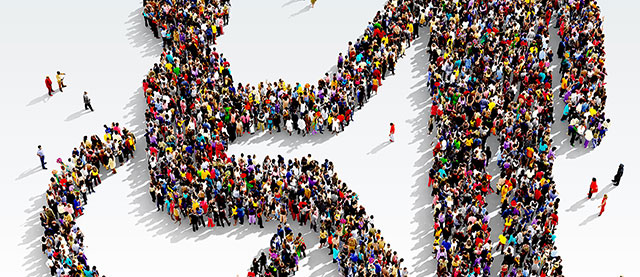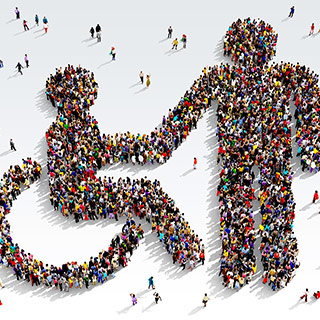Students with disabilities are entitled to legal protections and freedom from discrimination from preschool through high school, but the law that protects students changes once they reach college. In college, for a student with disabilities to get protection under the law, a student must choose to disclose their disability to their institution. Furthermore, while accommodations in the classroom are commonplace in primary and secondary school, once a student reaches college, he or she must ask for each accommodation specifically. Whether a disability is physical or invisible, students must take control of their learning once they graduate from high school.
Disabilities Defined: A disability is any condition that drastically affects day-to-day life, whether it’s physical, like being paralyzed, or mental, like post-traumatic stress disorder. Individuals can be born with disabilities or develop them later in life.
IDEA and Your Rights as a K-12 Student: The Individuals with Disabilities Education Act protects students from discrimination throughout their K–12 education. All students are guaranteed access to intervention and special education until they graduate high school.
The ADA and Your Rights as a College Student: The laws that protects students change after high school, when the Americans with Disabilities Act and Section 504 of the Rehabilitation Act of 1973 take over to guarantee equal access to postsecondary institutions.
Searching for Colleges as a Student with Disabilities: Institutions cannot reject the applications of students with disabilities based on their disabled status. However, students should perform their college search with their disability in mind to ensure a good match.
Developmental Disorders Defined: Developmental disorders typically appear in early childhood and may affect an individual’s ability to care for themself, interact with others, succeed in school, and perform job duties.
Attention-Deficit/Hyperactivity Disorder: Attention-deficit/hyperactivity disorder affects attention, impulse control, and/or activity levels. It is most often diagnosed in school-age children, and is more commonly diagnosed in males than in females.
Autism Spectrum Disorder: Autism spectrum disorder primarily affects social skills, but in more severe cases may leave an individual unable to function independently. More common in males than females, an autism diagnosis doesn’t mean that individuals can’t succeed academically.
Learning Disabilities: Learning disabilities cause deficits in reading, writing, and/or math skills that may make it difficult for a student to succeed in school. However, classroom modifications and supports can help students with learning disabilities thrive.






